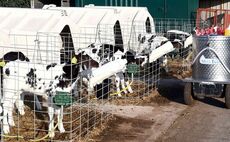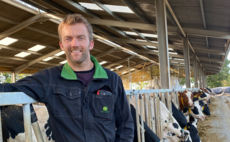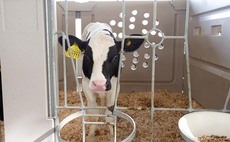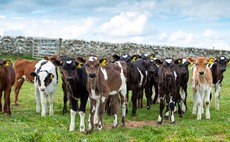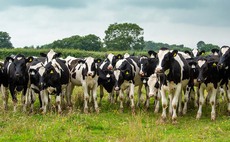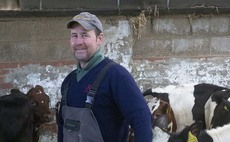youngstock
Livestock
Getting the optimum quantity and quality of colostrum is key for new born calves but making the right choice when it comes to following on from colostrum onto milk replacers is also vital.
Livestock
For Mark and Susie Mottershead, who farm at The Brook, Wrexham, the 2020 lockdown prompted a focus on calves within their pedigree Holstein herd which were not performing as well as they wanted them to.
Livestock
When rearing all your own replacement heifers within a closed herd, the team at the University of Edinburgh’s Langhill Farm says it is particularly important calves get off to a good start.
Livestock
Through better calf rearing facilities and the initiation of early life vaccination against pneumonia, the Hann family has seen significant improvements in the health and well-being of the calves in their pedigree Holstein herd at Rodden Down, Frome, Somerset.
Livestock
With rising costs and the need to be carbon conscious, breeding productive, efficient and profitable dairy cattle has never been so paramount.
Livestock
Nearly all farmers taking part in a recent calf survey recognised the link between well reared heifers and future performance, yet data suggests there is huge scope for producers to drive efficiencies further.
Livestock
Two key strains of Mannheimia haemolytica bacteria are likely to be responsible for pneumonia in calves, with a third of unknown pathogenic status.
Livestock
The potential to drive genetic gain, make more informed breeding decisions and improve efficiencies begs the question as to why you would not genomically test heifers.
Livestock
Feeding the right amount of a quality milk replacer so that heifer calves hit growth rate targets will positively impact on their performance once they enter the herd.
Livestock
Choosing a specially formulated calf milk replacer alongside top-notch management has helped one Dorset family to address issues with calf scours.

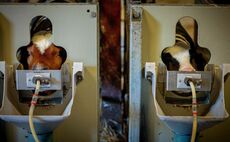
 19 August 2022
•
4 min read
19 August 2022
•
4 min read


